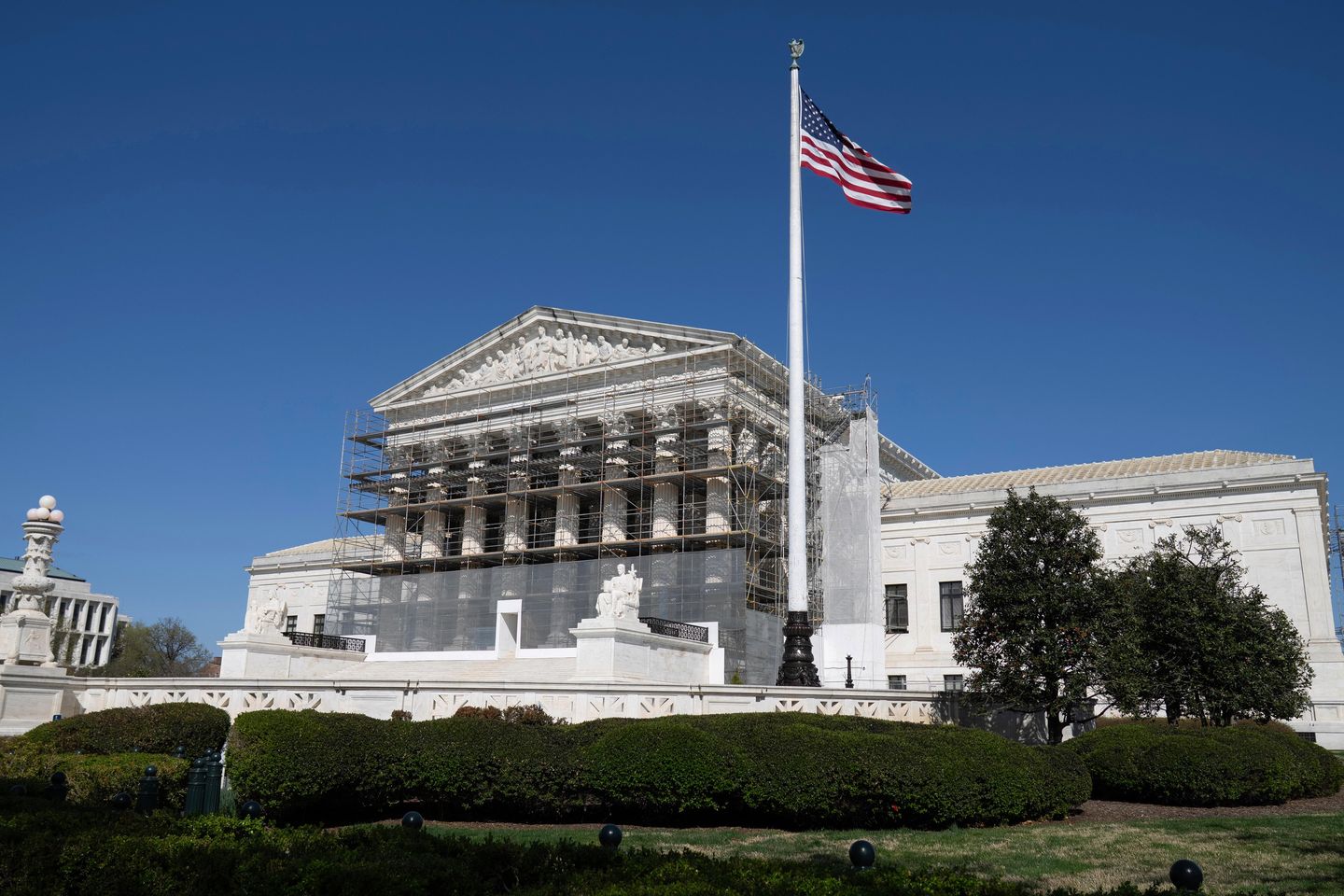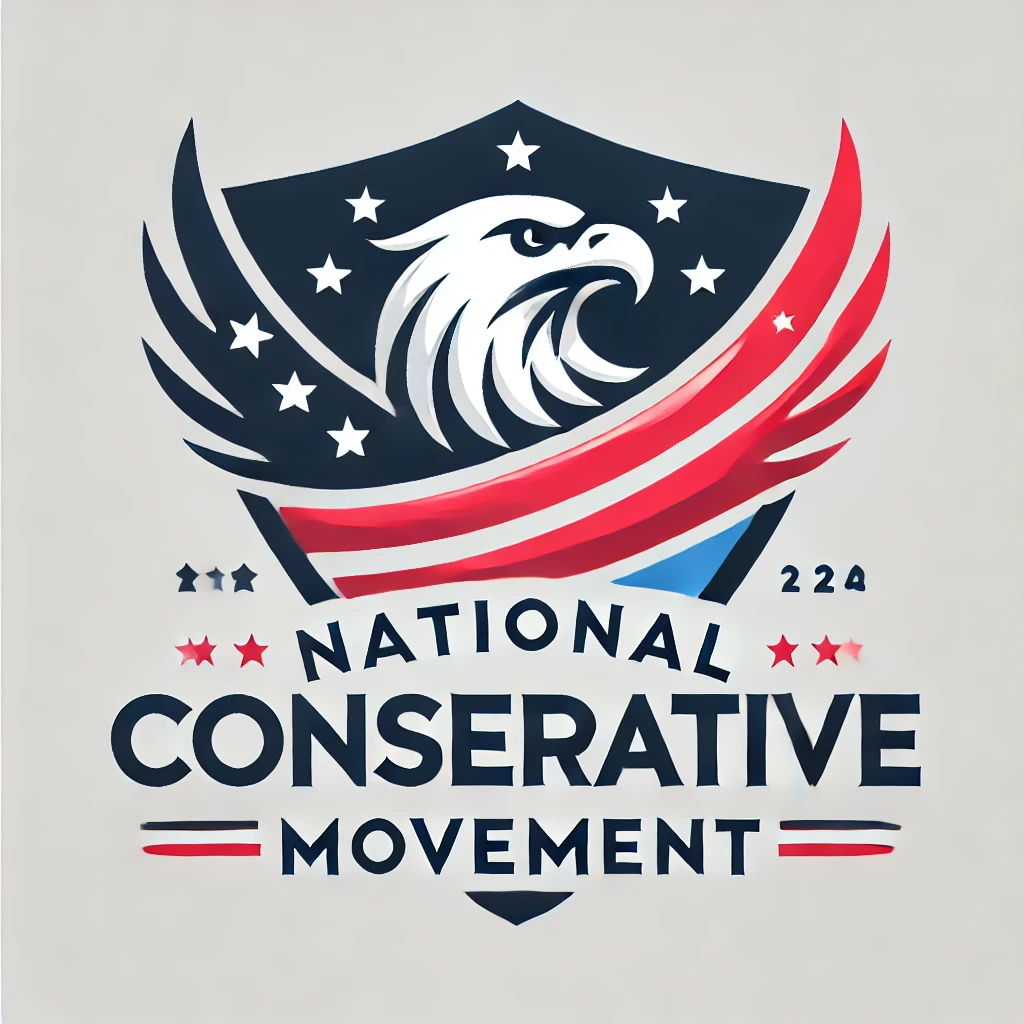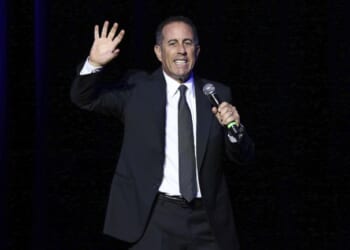
A fired member of the Merit Systems Protection Board urged the Supreme Court Tuesday to keep her on the job, saying President Trump’s move to fire her has broad implications for other independent agencies.
The filing came from attorneys on behalf of Cathy Harris, a Biden appointee to the MSPB whom Mr. Trump wants to remove.
They say Mr. Trump lacks authority to oust Ms. Harris without cause because she leads an independent agency.
“The government asks this Court to overturn a century of practice and precedent — and invalidate the structure of numerous agencies,” her filing stated. “Doing so would have immediate consequences for foundational institutions — from the Federal Reserve to the National Transportation Safety Board.”
The brief says the court should not rush to upset precedent, and let the lower courts to hear arguments on the merits before stepping in, and allow Ms. Harris to stay on the job for now.
“The government insists that Article II of the Constitution provides the president unchecked authority to remove board members at will. That is not the law,” Ms. Harris’ filing read.
Attorneys for Gwynne Wilcox, another Biden appointee who was removed from the National Labor Relations Board after Mr. Trump said she had not been operating in a manner consistent with his objectives, also told the justices to not rush the high court’s involvement.
“The president’s legal theory is at odds with a century’s worth of precedent. All three branches of government have long recognized that certain independent agencies—like the National Labor Relations Board and the Federal Reserve—require members who are insulated from political pressure,” said Deepak Gupta, Ms. Wilcox’s attorney. “The Supreme Court should allow this case to proceed through normal channels, rather than rushing to cast aside important precedents on which Congress, agencies, and the public have long relied.”
Last week, Chief Justice John G. Roberts Jr. gave Mr. Trump a temporary win, halting lower court orders directing the administration to reinstate Ms. Harris and Ms. Wilcox to their posts while the court considers the administration’s request to block those orders.
Solicitor General D. John Sauer told the high court in its request that it’s wrong for lower courts to leave the officials in their posts under the president’s authority.
“The president’s ’power to remove — and thus supervise — those who wield executive power on his behalf’ stands among his ’core constitutional powers,’” Mr. Sauer said.
“Until this administration, no court had ever ordered the reinstatement of a concededly executive officer removed by the president,” he stated.
At issue is whether the president has authority to remove the heads of independent agencies for any reason, not just reasons spelled out by Congress.
The NLRB, established in 1935 by Congress, is composed of five members who serve five-year terms. Under the law, they can be removed by the president for negligence or malfeasance.
Congress established the MSPB under the Civil Service Reform Act of 1978. It is composed of three members who serve seven-year terms, and no more than two members can be from the same political party. It oversees employment disputes and disciplinary actions of federal employees.
The high court set the precedent at issue in 1935 in Humphrey’s Executor v. United States, ruling that Congress can curtail the president’s authority to fire officials leading independent agencies.
William E. Humphrey was appointed to the Federal Trade Commission by President Hoover, but then President Franklin Roosevelt asked him to resign because their politics were in conflict. Humphrey refused and was fired by the president. Humphrey died but his estate brought the challenge to the firing to recover his salary.
The high court ruled unanimously for Humphrey, reasoning that the president could not have fired him without a reason cited in legislation — created by Congress — governing the commissioner of the FTC.
In 2020, the Supreme Court in a 5-4 ruling delivered a blow to the Humphreys precedent but did not directly overrule it. The justices in Seila Law LLC v. Consumer Financial Protection Bureau held that the president generally has authority to fire a director or official overseeing an agency at will, unless his power was restrained by Congress.












